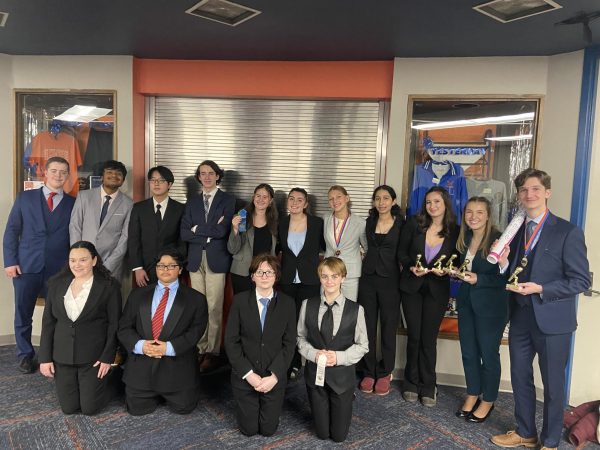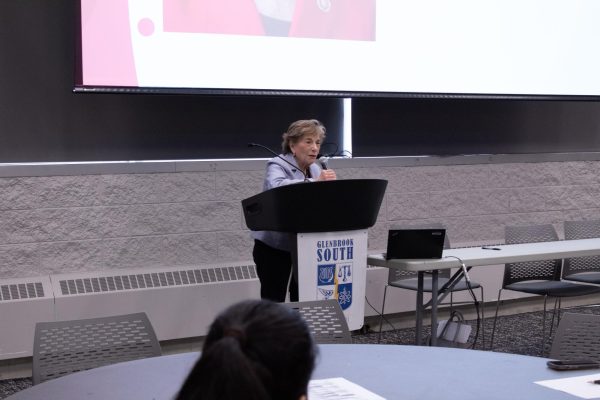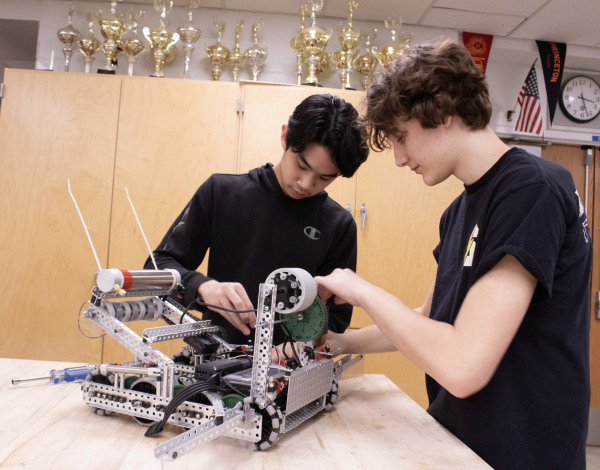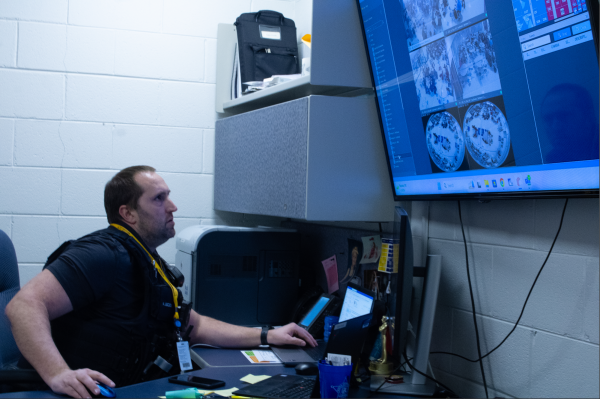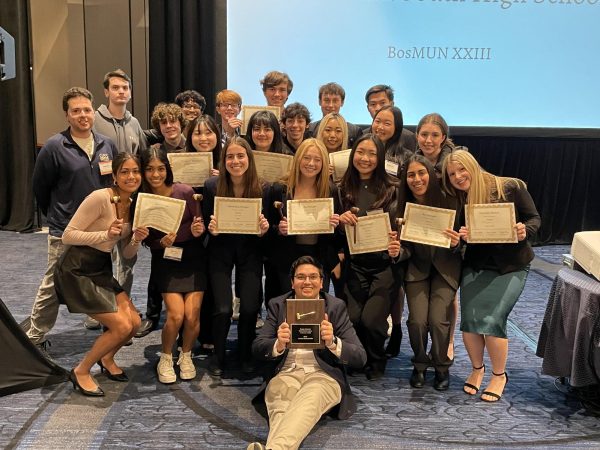Dravid’s work published in science magazine Microscopy Today
March 15, 2019
For the past year, senior Amil Dravid has been doing research in the field of computer science to apply machine learning algorithms to identify the nucleus of a cell. From that research, Dravid was able to get his work featured in a scientific journal called Microscopy Today, published by Cambridge University.
By using convolutional neural networks, a method of analyzing images, along with the algorithm Dravid produced, the program was able to locate the nucleus of a cell. Dravid accomplished this by giving the algorithm “learning data” to understand what to look for when analyzing a cell. Then he gave it “testing data” and the algorithm used what it learned to trace the nucleus, which holds important information.
“For example, cancer relies on genetic mutation and the genes [are] in the nucleus,” Dravid said. “There are a lot of genetic disorders, so that’s why there are broad implications in extracting the nucleus.”
In order to get the best images for his algorithm, Dravid sought the help of Transmission Electron Microscopy (TEM) imaging. Dravid says these images are some of the highest quality and operate at a scale of 10-9 meters. By feeding these images to the algorithm, the highest quality extraction can be done to the images.
Dravid says it is difficult to analyze the TEM images because the surface of the cell has a varied texture. But he says his algorithm is able to identify the nucleus with a 95 percent accuracy, better than if a human manually did it because of the bias involved with human analysis.
“That’s what the cool thing about machine learning is: that it’s much more consistent and there’s less bias,” Dravid said. “According to the human eye, we have different opinions like, ‘Oh this curve here is part of the nucleus or this isn’t’ but what’s cool is that this algorithm can detect it.”
Dravid was motivated to conduct this research on cells after seeing the welfare of people when he visited India. Dravid was moved by the condition of his grandmother who was quadriplegic and wanted to make a change to the world.
“My background developed my goal of improving quality of life around the world and given my interest in computer science, I can try to combine these,” Dravid said. “There is no point in staying at home and coding away things that are very technical and have no application.”
The research paper Dravid submitted to Microscopy Today detailed some of what he is working on, but he plans to expand his research. He says he is now focusing on the early detection of cancer by applying a new algorithm to analyze the previously extracted nucleus for cancer instead of having a doctor look at a CT scan.
“I am currently looking at textural analysis based on the images that I get from my algorithm,” Dravid said. “If we can look at the images of the cells based on this algorithm and conduct analysis then we could possibly detect cancer at an extremely fundamental level and diagnose at an early stage.”
Engineering Teacher Michael Sinde is hopeful for the implications of Dravid’s research because of the potential it has to open new pathways.
“The goal of any kind of cancer research is diagnosing it early, preventing it if possible, and if diagnosed, ultimately finding a cure,” Sinde said. “But his [research] is just part of that larger body of work that is trying to [find a] cure.”





